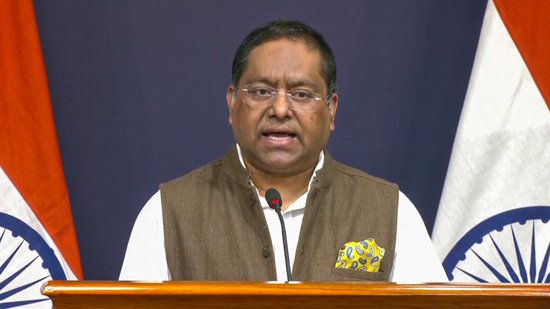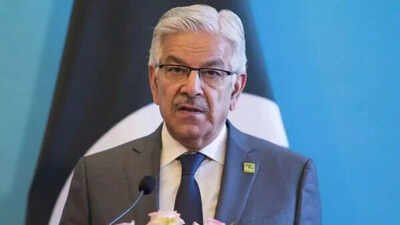A report recently issued by Everstream Analytics, a supply chain risk management research firm, takes a wide-ranging look at how ongoing trade tensions between the United States and China are impacting global technology supply chains on various fronts.
Data and findings for this report, entitled “Shifting Away from China,” are based on the firm’s proprietary data, analyzing sets of supplier data from 2019 to 2024 from some large global technology companies, including Samsung, Apple, Dell, Nokia, and NXP. Examples of the data leveraged in the report included: analyzing percentage changes in supplier concentration by country; identifying product-specific trends in diversification strategies; and evaluating the comparative advantages of alternative manufacturing locations.
“Amid escalating trade tensions between the West and China, major technology companies including Samsung, Apple, Dell, Nokia, and NXP have initiated significant diversification of their supplier locations,” the report stated. “This strategic shift has been accelerated by China’s gradually increasing labor costs, prompting companies to seek more cost-effective production chains elsewhere. Our analysis reveals that India, Malaysia, Thailand, Vietnam, and Taiwan have emerged as the most prominent alternative suppliers to China for the technology industry, despite Taiwan’s own geopolitical challenges. The products most affected by these diversification strategies include smartphones, smart watches, computers, and laptops, representing core product lines for the world’s leading technology manufacturers.”
The report cited various factors that technology companies are focused on production diversification away from China, using the pandemic as an example, as the pandemic highlighted concerns regarding global technology supply chains being “too heavily concentrated in China.” That was evidenced by actions such as China’s zero-COVID mandate, followed by lockdowns and factory closedowns, which derailed supply chains and sent them into disarray, according to the report.
Everstream Analytics Global Head of Research & Analytics Jena Santoro told LM that the pandemic was a wake-up call that exposed just how vulnerable companies were to having their supply chains too heavily concentrated in one country.
“What we’re seeing now is companies applying those lessons by actively building alternative supply networks,” she said. “Major players like Samsung, Apple, Dell, Nokia, and NXP have all initiated significant diversification efforts. The data shows Thailand has seen a 100% increase in new technology suppliers since 2019, Vietnam is up 96%, and India has grown 85%. These are strategic shifts designed to increase resilience to future shocks.”
What’s more, the report explained that diversification away from China is viewed as a strategic shift in global technology supply chain strategy, noting that, for decades, China has been the undisputed manufacturing hub for technology products, offering what it called “an unmatched combination of scale, expertise, infrastructure, and cost-efficiency.” To that end, it also noted that the vulnerabilities exposed during recent global events have led to a fundamental reassessment of this concentration risk, leading to various shifts in strategy.
“The trends we’re seeing have been remarkably consistent over the past five years,” said Santoro. “But the reality is that China spent more than 30 years building this incredibly sophisticated manufacturing ecosystem, and it may take just as long for alternatives to match that scale. So, while we’re seeing sustained diversification, China remains the factory of the world. Some of the driving factors, like China’s increasing labor costs, show no signs of reversal. They no longer have the developing economy wages they once had. Whether these shifts become truly permanent depends on factors we can’t predict, but the underlying economics and geopolitical tensions suggest this diversification trend is here to stay.”
With the U.S.-China trade pause set to expire in August, leaving open the question of what happens after that, the report explained that while negotiations are taking place, technology manufacturers that are heavily reliant on production in and sourcing from China “are concerned about future escalations, observing that these manufacturers are likely to continue to seek alternative suppliers in countries considered not as risky, in terms of business continuity.
When asked if a meaningful U.S.-China trade deal not come to fruition, Santoro said that companies aren’t waiting for trade deals to materialize, instead, they’re already adapting.
“The current 125% tariff scenario would make many technology products prohibitively expensive if manufactured entirely in China, so companies are proactively building capabilities in India, Malaysia, Thailand, Vietnam, and Taiwan,” she said. “But this is diversification, not divestment. Even when final assembly moves to another country, many components still originate from China. This transition will be gradual; it could take years or even decades for other countries to establish truly competitive alternatives to China’s integrated ecosystem. Companies are taking a phased approach, focusing first on less technically complex components and assembly processes while building supplier relationships in alternative countries over time.”








